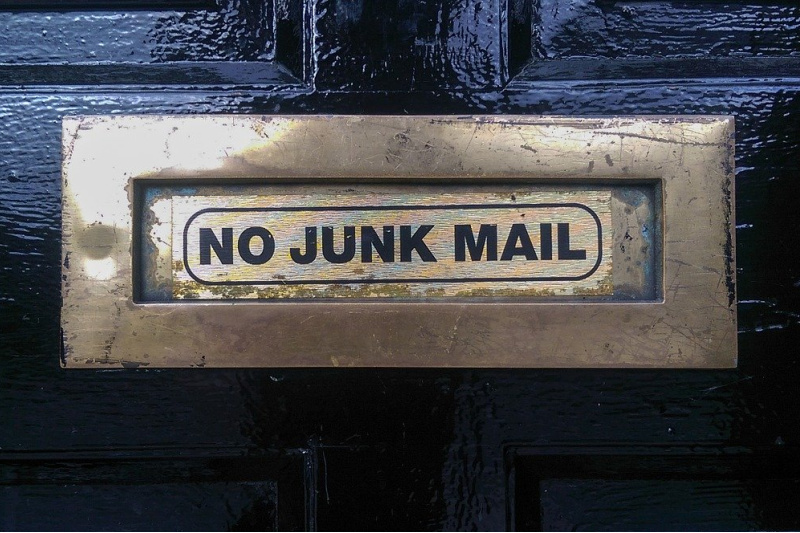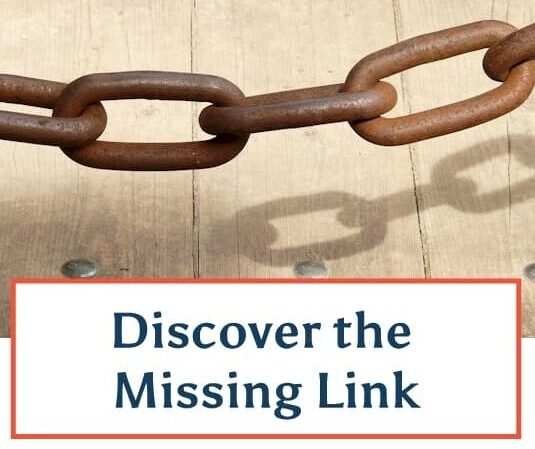Spam. Those annoying, time-consuming emails that clog your Inbox and ruin your day. You wonder: How did it ever get so bad? While it’s not possible to completely eliminate spam, there are quite a few things you CAN do about the problem to reduce your burden.
Spam is defined as an unsolicited email trying to get you to buy something. In addition, it’s email that tries to get you to give up something: your credit card number, social security number, login ID, etc., by pretending to be a legitimate email. Here are ten tips for stopping the current spam you’re getting, and avoiding getting on new spam lists.
- Maintain two email addresses: a Personal Email Address (that you give to family, friends and business associates), and a Safe Email Address (one you use whenever you’re ordering something online, signing up for an email newsletter, or creating a profile on a website). For instance, I use a Hotmail account for my Safe Email Address. If a spammer were to get a hold of that address, fine. All the spam will go into my Hotmail account, which I only look at once a week. Hotmail has a great anti-spam filter built in, so it’s easy to see what’s spam and what’s not. This practice leaves my personal email account relatively spam-free (maybe I get two spam emails a day to my personal account). Some free email services include Hotmail, Yahoo and GMail (Google’s new email service).
- Use your Safe Email Address to send emails to companies who might be harvesting email addresses from incoming emails. For example, say you want to write to a company to ask them about their products. Some companies will harvest your email address from the email you send to them, and put you on their mailing list. By using your Safe Email Address, you can avoid seeing messages from these companies come to your personal email address.
- Stop giving your email address to everyone who wants it. Does your local bank really need your email address? Does your grocery store need it? Just because someone asks for it doesn’t mean you have to give it to them. If it’s a non-local company, or you are signing up for a mailing list, then they probably do need it. But it’s okay to leave the email address blank when filling out forms. Always ask yourself, Do I want to be contacted by this company via email? (Speaking of mailing lists, make sure the companies you subscribe to have a public, posted Privacy Statement on their website.)
- Do not put your Personal Email Address on your website. Instead, use a form so that your email address is hidden. However, some spammers use special software that looks at the HTML code hidden in the form to steal your email address, so using a form by itself isn’t always the safest route. Better yet, use a free Form Processor so that your email address is never even in the HTML coding on your pages. The service I use is Bravenet’s Form processor (www.bravenet.com). You can see ours in action here: https://www.passionforbusiness.com/blog/contact/
- Never buy anything that’s sent through a spam email. First, it just encourages them to continue to spam. Second, it tells them that your email address is accurate, and they can then sell that address to someone else.
- Never reply to spam and ask to be unsubscribed. They’ll just ignore it anyway, and it tells them that your email address is accurate, which just keeps you on the list. Note: many legitimate emails newsletters and mailing lists use automated unsubscribe links at the bottom of their emails, and you CAN use these to get off of mailing lists.
- Use anti-spam software, like Norton Internet Security, on your own PC to filter spam as it comes into your email system. You still receive the spam, but it gets filtered to a Junk Mail or Bulk Mail folder, and segregates the spam from the legitimate email. Most anti-spam filters need to be trained, however, so you’ll have to occasionally tell the filter that something is NOT spam that it inadvertently put into the Junk Mail folder. Many of these anti-spam filters work on the principle of White Lists (legitimate email addresses that you DO want to receive email from) and Black Lists (spammer email addresses that you do NOT want to receive email from). Learn how to train your anti-spam software and it will work wonders for you.
- Check to see if your ISP or hosting company has anti-spam technology in place, to catch spam before it even hits your Inbox. Be careful, though, because sometimes these filters are over-zealous and you have to train it to accept emails from mailing lists that you have subscribed to.
- Do not use a catch-all email address. A catch-all email address is set up if you have your own website, and it is intended to catch all of the incoming emails sent to your domain even if there is no legitimate mailbox by that name. For example, your email address might be mary@mydomain.com. If that mailbox is set up as a catch all, and someone sends an email to marie@mydomain.com (with a spelling mistake in the email name), it will be forwarded to mary@mydomain.com. However, spammers know about catch-all email addresses, and will take your domain name (mydomain.com) and add common prefixes to it, like info@ or admin@. If you have a catch-all, then those spamming emails will come to you, even if you don’t have a legitimate mailbox of info@mydomain.com or admin@mydomain.com set up with your hosting company. See how easy it is for spammers to get to you?
- Finally, if spam is really bad, create a new personal email address for yourself, tell everyone about the new address (give them several reminders that you are changing email addresses), then delete the old personal email address. This may seem a little drastic, but if you receive 200 spam emails a day, it might be time to time this final step to eradicate it.
You are not powerless against spam. But you do have to take action to fight back. Don’t let them bully you into accepting hundreds of unwanted emails a day! Take action now to reclaim your Inbox!

 I Can Tell the Economy is Getting Better
I Can Tell the Economy is Getting Better

[…] email newsletters. That way, my personal Inbox doesn’t get crowded with non-essentials and stops a lot of spam from ever reaching me. If something is in my personal Inbox, it’s because it’s important, like an email from […]